PPT-Right to Information, Clinical Establishment Act
Author : GirlNextDoor | Published Date : 2022-07-28
and Good Governance in Health Sector Prof Jayanta K Das Director National Institute of Health amp Family Welfare New Delhi Good Governance 2 Smart Governance
Presentation Embed Code
Download Presentation
Download Presentation The PPT/PDF document "Right to Information, Clinical Establi..." is the property of its rightful owner. Permission is granted to download and print the materials on this website for personal, non-commercial use only, and to display it on your personal computer provided you do not modify the materials and that you retain all copyright notices contained in the materials. By downloading content from our website, you accept the terms of this agreement.
Right to Information, Clinical Establishment Act: Transcript
Download Rules Of Document
"Right to Information, Clinical Establishment Act"The content belongs to its owner. You may download and print it for personal use, without modification, and keep all copyright notices. By downloading, you agree to these terms.
Related Documents

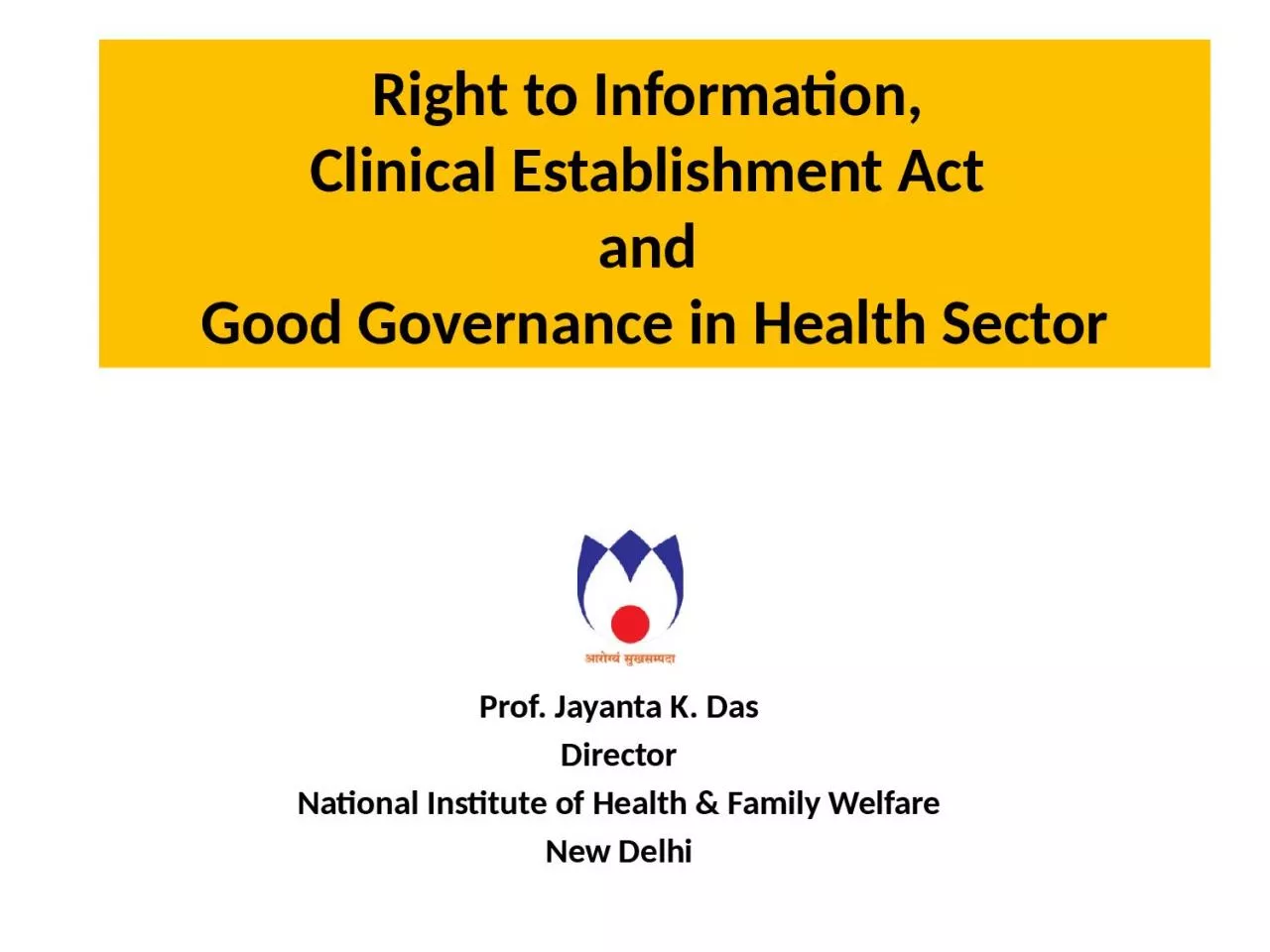
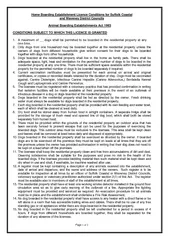



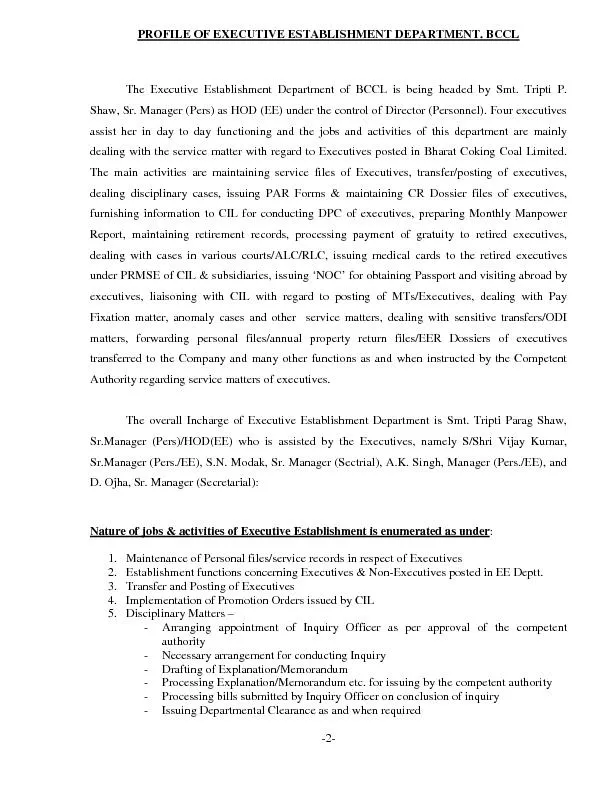
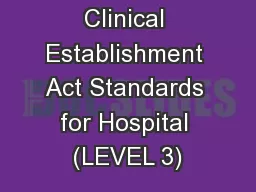
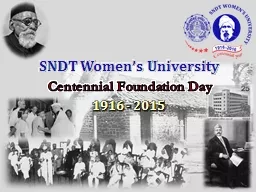

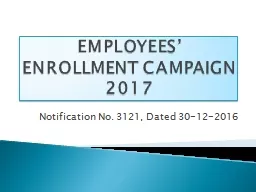

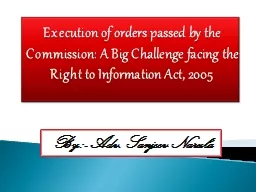
![[PDF READ ONLINE] Starting Off Right in Law School (Starting Off Right Series)](https://thumbs.docslides.com/1020243/pdf-read-online-starting-off-right-in-law-school-starting-off-right-series.jpg)
